
*POST UPDATED APRIL 2025.
Hello, friends! Happy weekend! I hope this post finds you in the mood for a spot of armchair travelling, because I’m here to share my latest travel guide with you: Two Weeks in Vietnam | Our Top Tips & Itinerary! Back in September, Husband and I had the pleasure of jetting off to a new-to-us country: Vietnam! Can you believe that just seven short months after our first ever trip to Asia, we somehow managed to visit again? How jammy are we!? Anyways! We went to Vietnam and it was amazing!! I have many a food & city guide coming your way in the near future, but I figured we’d better start with the basics: our top tips and itinerary.
Including flights and travel time, our trip ended up being just over 14-days long. During our two weeks in Vietnam, we explored three cities across the northern and central regions: Hanoi, Hội An, and Huế. Yes, realistically, we probably could’ve squeezed another city or two into our itinerary on a daytrip or what-have-you, but we’re big advocates of the ‘slow travel’ mentality. You know, where you nestle down, tuck yourself into the patchwork of a place, and pretend to be local. It’s our very favourite way to travel!
A full breakdown of our very top tips, covering everything from weather to cash to internal travel etc., and our itinerary, can be found below. If you’re reading the web version of this post, you can navigate through the different sections by clicking on the bars to the left of the page.
Let’s hop to it, shall we? Enjoy, friends!
Side note: if you’d like some background noise for your armchair travelling, we found the intro to Anthony Bourdain’s Parts Unknown Hanoi episode extremely realistic. Listening to that opening montage of honks, birds, trucks and sirens takes me right back!
our top tips
To make this an easier read for everyone, I’ve divided our top tips into six main sections: visas / cash / internal travel / weather / safety / and vaccines + medicine. I’ve tried to include as much informational tidbits as I could scrounge up, so I really hope you find it useful!
fun facts
But first! Some fun facts to help you get a better understanding of this epic country. You are so welcome!
as of 2019, there were over 58-million mopeds and motorcycles registered in Vietnam! That’s the most recent number I could find on the topic, but surely there are a few million more by now! Apparently, there were just 1.2-million registered in 1990, meaning the country has seen a 48-fold increase over the last three decades! How insane is that?
there are no coins in Vietnamese đong! The country stopped using them in 2022, and now solely use banknotes! The smallest banknote we encountered was a ₫1,000, which works out to around €0.30. Crazy!
Vietnam is the world’s second largest coffee producer, outnumbered only by Brazil! The Vietnamese take their coffee very seriously, so this one wasn’t a surprise to me.
the body of the country’s former president, Ho Chi Minh - who died in 1969 (!!) -, is on display in Hanoi! The body, which was preserved using techniques learned from Russian experts (!?), is inside a glass coffin of sorts, at the Ho Chi Minh Mausoleum. Sadly, they pause entrance to the Mausoleum for two months every year for essential maintenance on the body (??), so we weren’t able to visit. Drats!
visas
we obtained our visas through the Vietnam eVisa portal. The website is horrifically slow at loading, but when it does, it can be switched to English by clicking on the UK flag in the red menu bar at the top.
although it says the visas only take 3-days to be processed, we applied for ours 33-days prior to our arrival in Vietnam. This was because I read a. it can often take longer than 3-days to process due to national holidays or what have you and b. many people fill out the forms wrong, are denied a visa, and they have to go through the whole process again.
the visa process is actually ridiculously confusing, and we couldn’t help but feel like the website was trying to catch people out for a double processing fee? Whatever the reason, one piece of advice I read on the visa forums - because yes, I am that nerd - was to always follow the written instructions on the site, not your interpretation of what the example photo shows. For instance, if the part you’re filling out says ‘surname’, but the example photo seems to show a middle name or similar, ignore the photo and follow the written instruction.
when filling out the dates section on the visa form, I’d also read online that it’s best to say you’ll be there for the full 30-days they allow. Flight cancellations are common in Vietnam and we’ve heard horror stories of people a. having to go to the immigration office and argue about why they’ve overstayed their visas or b. people being charged extortionate amounts because of reason a.
once your visa comes through, you need to print out actual physical copies of it to show at border control. I would advise printing 2 or 3, and keeping them in different locations just in case of rain damage etc.
cash
the currency in Vietnam is the đồng (written as VDN or ₫), and the conversion to euro is nearly impossible to remember. The only easy-to-remember equivalent that ever stuck for me was that, at the time of our visit, ₫30,000 was around €1.10.
cash is king in Vietnam! Hotels and some classier spots took card - especially in Hanoi! - but for the most part, it was cash only everywhere we went.
ATMs were widely available wherever we needed one, and we never had a problem using our Visa cards. The only frustrating thing was that the machines often had a maximum withdrawal limit of ₫2,000,000 or ₫3,000,000, which, when we visited, was around €100, so we had to take out money a few times.
as a tourist, the cost of living in Vietnam is very low. For example, the average costs we came across: bánh mì ₫25,000 / bottled beer ₫30,000 / fresh bia hơi beer ₫8,000 / coffee ₫20,000 / you get the picture. Generally speaking, dinner for two with drinks was never more than the equivalent of €7 or €8, except in a Michelin starred restaurant we absolutely feasted in, where we spent €22 total including drinks. A steal!
tipping is not expected in Vietnam. However, if you wanted to tip a concierge or driver etc., the recommended amount is around ₫20,000-ish per interaction, which works out less than €1.
internal travel
Something to keep in mind when planning a trip to Vietnam is that the country is extremely looong: 1,650 kilometres from top to bottom! The distances may look small on a map, but the main cities are many many hours away from each other. Here’s how we tackled our internal travel:
we opted to fly, and had two internal flights. One from Hanoi’s Nội Bài airport to Đà Nẵng airport, and one from Phú Bài airport back to Nội Bài. For both, we flew with Vietnam Airlines - Husband is something of an air expert, and according to his research, VA has one of the safest and most reliable track records in the country. We booked all flights 1-month before the trip and, including one checked luggage, they cost around €40 each one way. Both journeys took in and around 1-hour, and were smooth, easy, and spacious - especially compared to flying Ryanair around Europe.
in terms of getting from the airports to where we were staying, we’d organized private drivers to collect us through our hotels. I’d read online that taxi scams at airports are common, and having the hotels organize the transport made everything so much easier. The average cost for this was around €12 for door to door service, often for journeys that lasted around an hour. Our one bigger car journey - from Hội An to Huế, which took around 3-hours - cost €50 in total, again with a private driver. Worth it!
if flying ain’t your thing, you could instead opt for either bus or train travel from a. to b. However, be aware of the exceptionally long travel times! If we’d opted for train travel we would’ve spent 17-hours on the train from Hanoi to Hội An, 2.5-hours from Hội An to Huế, and 14.5-hours from Huế back to Hanoi. How insane is that!? For more info on bus / train travel in Vietnam, click here.
weather
Given the huge length of the country, it probably won’t surprise you to learn that Vietnam has three distinct climate zones: north, central, and south. As all three are so different, there is no one ideal time weather-wise to visit the whole country. Here’s a few thoughts and tips from us:
generally speaking, Northern Vietnam - Halong Bay, Hanoi, Sa Pa, etc. - is the only climate zone with 4 distinct seasons. Apparently, the best time to visit northern Vietnam is between March to May, or September to November, when the temperature is said to be mild and the forecast is dry. However! When we visited Hanoi in early/mid September, the temperatures were around +30°C, we had non-stop downpours + thunder and lightening, and Typhoon Yagi had just hit.
central Vietnam - Hội An, Huế, Da Nang, etc. - has just two seasons, dry and rainy, with the latter running from the end of September to December. Presumably because we were there, rainy season came early this year and we had almost non-stop insane levels of rain, complete with flooding, thunder & lightening, and some tropical storm warnings. As you do.
similar to the central region, southern Vietnam - Saigon etc. - has mostly just two seasons: dry and wet. We opted not to venture to southern Vietnam this visit, as August and September are the wettest months around there.
if there’s even an inkling of rain in the air, be sure to wear shoes with good grip. I got stuck out in my Birkenstocks one day in the lashing rain and oh my lord - I nearly died slipping around the streets of Hanoi! I honestly would’ve been better off taking off my shoes.
we ended up buying a couple of rain ponchos to help us survive the sudden downpours. Almost every street vendor sells them, and they only cost about ₫20,000 each, ~70c. Being suffocated by a huge plastic cape isn’t ideal when it’s over 30°C, but neither is being absolutely soaked to the skin every 5-minutes, so the poncho is really the lesser evil.
my main piece of weather advice for Vietnam would be to just make sure you’re prepared for anything. Even if it’s the middle of the dry season, expect rain. The weather changes so so fast in Vietnam - we saw it go from glorious sunshine to thunderous downpours in seconds a couple of times over the course of our trip!
safety
Other than the odd annoyance here and there, I’m pleased to report that we felt super safe in Vietnam! Listed below are our top tips to make sure you do too:
the most unsafe part of our trip was crossing the road. Literally, it’s so insane that they’ve nicknamed crossing the road “the chicken walk”! The sheer volume of mopeds zooming around everywhere was totally overwhelming at times, but here’s a few tips we stuck to and managed to get by just fine:
look both ways before stepping out, and walk at a measured and consistent pace across the road. The moped drivers will be able to track your path much easier this way and just zoom around you.
never ever walk backwards. The roads are so busy and drivers would never expect you to walk backwards, so you’re much more likely to be hit by accident this way.
where possible, always try to cross at a zebra crossing. It’ll still be hectic and near impossible, but drivers are more likely to expect pedestrians here and it is sliiightly easier.
don’t assume people will stop for you even if you have a green man. Huế was the only city we were in that seemed to abide by the rules of traffic lights, but again, it seemed optional and not everyone stopped.
worst case scenario, even though they won’t willingly stop for you if they can help it, most drivers do actually see you stepping onto the street. I myself walked out onto a super busy road in Hanoi after only looking one way and a moped coming the other way stopped literally centimetres to my left. Oops!
although they didn’t make us feel unsafe, we were hassled many times by taxi drivers, Cyclo drivers, street vendors, tourist trinket peddlers, so forth and so on. Usually once you gave them a firm ‘no’ they’d move on elsewhere, but some were pushier than others. However, this was nothing you wouldn’t encounter in a busy city anywhere in the world.
they do say the risk of bag or phone snatching is pretty common, but if you keep your wits about you and are sensible with your belongings then you shouldn’t have any issues.
another thing: we noticed quite a lot of stray dogs roaming free. It is worth keeping an eye out for them - especially if you don’t have a rabies vaccine, which we did not! - as apparently even a lick can cause harm!
we always make sure to check the DFA Safety & Security section before travelling, just so we know what to expect.
vaccines & medication
while there are no mandatory vaccines for Vietnam, it is heavily advised that tourists get the Hepatitis A & Typhoid vaccines to protect against food & water borne diseases, and tetanus in case of any contamination from cuts or scratches etc. Seeing as Husband and I had both had a tetanus shot within the last 10-years, we just needed to get the Hep A + Typhoid jabs. We got ours at the TMB about 5-ish weeks before we left, and the two together + the joint consultation fee cost us €105 each.
during our consultation, our travel GP ran over some general health tips for staying safe in Vietnam, but the main one he hammered home was do not drink the tap water. As in: only drink bottled water, no ice in your drinks, avoid salads and vegetables that have been washed rather than cooked, use bottled water for brushing your teeth etc. While we largely stuck to this advice, we relaxed our stance on the ‘no ice’ policy for speciality coffees and cocktails. Thankfully, we never had any issues!
the travel GP also sent us off with prescriptions for Fucibet, which helps with mosquito bites, and a dose of antibiotics each, just in case anything unforeseen happened. He also strongly recommended we bring Motilium and Imodium for any upset stomachs, as well as Dioralyte to replenish electrolytes and salt.
our itinerary
And now, the part you’ve all been waiting for: our itinerary! Listed below is a breakdown of our 14-day journey around northern/central Vietnam. I’ve included a brief synopsis of each city and our accommodations here, but if you’re after a more in-depth deep-dive, click through to the individualized city guides linked in the ‘read more’ section.
day 1-4: hanoi
We began our Vietnamese trip in the country’s largest city: Hanoi. Everything you’ve ever thought Vietnam would be - that is Hanoi. Busy beyond belief. Thousands of beeping mopeds zooming every which way. Smells good and bad wafting from every food stall, street corner, and restaurant you pass by. Labyrinth upon labyrinth of tiny side-street alleys leading from busy thoroughfares to quieter nooks and courtyards. Crumbling buildings with major plant problems. Sidewalk street vendors selling bia hơi to patrons seated on ridiculously small plastic stools.
It’s chaotic, loud, bustling and crazy - but in the very best way! We loved our time in the city and would absolutely recommend Hanoi as a must-visit to anyone travelling to Vietnam.
OUR HOTEL RECOMMENDATION: AIRA Boutique Hotel & Spa, in the French Quarter. One of the nicest hotels of our whole trip! If you’re looking for a hotel in the Old Quarter, scroll on down to see where we stayed on our final night in the city.
RECOMMENDED LENGTH TO STAY: at least 4-5 nights. Because of the way our flights to/from Vietnam worked out, we broke our time in Hanoi into two parts: three days + three nights at the start of our trip, and two days + one night at the end.
READ MORE: Four Days in Hanoi, Vietnam // A Food & Drink Guide to Hanoi, Vietnam
day 4-8: hội an
From Hanoi, we made the journey to a city at around the Vietnamese midsection: Hội An. In recent years, Hội An has become widely known as one of the most beautiful cities in all of Vietnam, and for good reason - it’s stunning! The city boasts a UNESCO World Heritage listed old town, colourful lanterns + night markets aplenty, and an exceptionally relaxing laid back vibe.
However! One small word of warning if you’re thinking about visiting Hội An: it is very touristy. Every second accent we heard was either Australian or German, and we noticed a lot of guided tours happening. That said, we would still mark Hội An down as a must-visit on any Vietnam itinerary!
OUR HOTEL RECOMMENDATION: Hội An Golden Holiday Hotel & Spa. Located sliiightly further away from the Old Town than we’d initially realised, we’d still warmly recommend this friendly spot.
RECOMMENDED LENGTH TO STAY: 4 nights. Realistically, you could easily experience the Hội An highlights in less time - but that would defeat the purpose of the city’s laidback vibe.
READ MORE: A Complete Guide to Hội An, Vietnam
day 8-12: huế
From Hội An we started our journey back north towards Hanoi, stopping in the former imperial capital city of Huế. Compared to the busy tourist-heavy streets of Hội An, Huế might as well have been on a different planet - it was so much quieter! We spent most of our time wandering around eating, exploring the historic Imperial Citadel, and marveling at the fact that the drivers seem to (mostly) stop at traffic lights. What a trippy concept!
Many people skip over Huế on their itineraries in favour of the bigger & more bustling cities, but if you’re interested in history, great food, or cities off-the-beaten track, then I’d recommend a stop here.
OUR HOTEL RECOMMENDATION: TTC Imperial Hotel. Fantastically located overlooking the Perfume River, our stay here was fine. The hotel is in need of a little facelift, perhaps, but the service was great.
RECOMMENDED LENGTH TO STAY: 3 nights. We stayed four nights and while it was nice having the luxury of extra time in the city, we didn’t necessarily need it - you could definitely see everything and experience the city fully in three.
READ MORE: 5 Things to See in Huế, Vietnam // A Food & Drink Guide to Huế, Vietnam
day 12-13: hanoi
We returned to Hanoi at the end of our trip for one night, but essentially had two full days in the city with the way our flights were timed. Not wanting to waste our precious final few hours in town, we focused our energies on soaking up everything Hanoi had left to offer us.
It was the perfect end to our time in Vietnam ❤️
OUR HOTEL RECOMMENDATION: The Oriental Jade Hotel & Spa, in the Old Quarter. Located overlooking Hoàn Kiếm Lake, this hotel was genuinely superb. Right in the centre of the Old Town, and close to loads of great restaurants and bars.
RECOMMENDED LENGTH TO STAY: at least 4-5 nights, as stated above
READ MORE: Four Days in Hanoi, Vietnam // A Food & Drink Guide to Hanoi, Vietnam
And there we have it: Two Weeks in Vietnam | Our Itinerary & Top Tips! A little epic, perhaps, but I just couldn’t bear the thought of leaving anything out! If you think I’m missing a vital piece of information, or if you have any thoughts or recommendations of your own, hit me up using the comment box below - I’d love to hear from you!
Happy planning!
Vicki xo
*Date of trip: 7th - 21st September, 2024*
related posts
Four Days in Hanoi, Vietnam
5 Things to See in Huế, Vietnam
Two Weeks in Japan | Our Honeymoon Itinerary







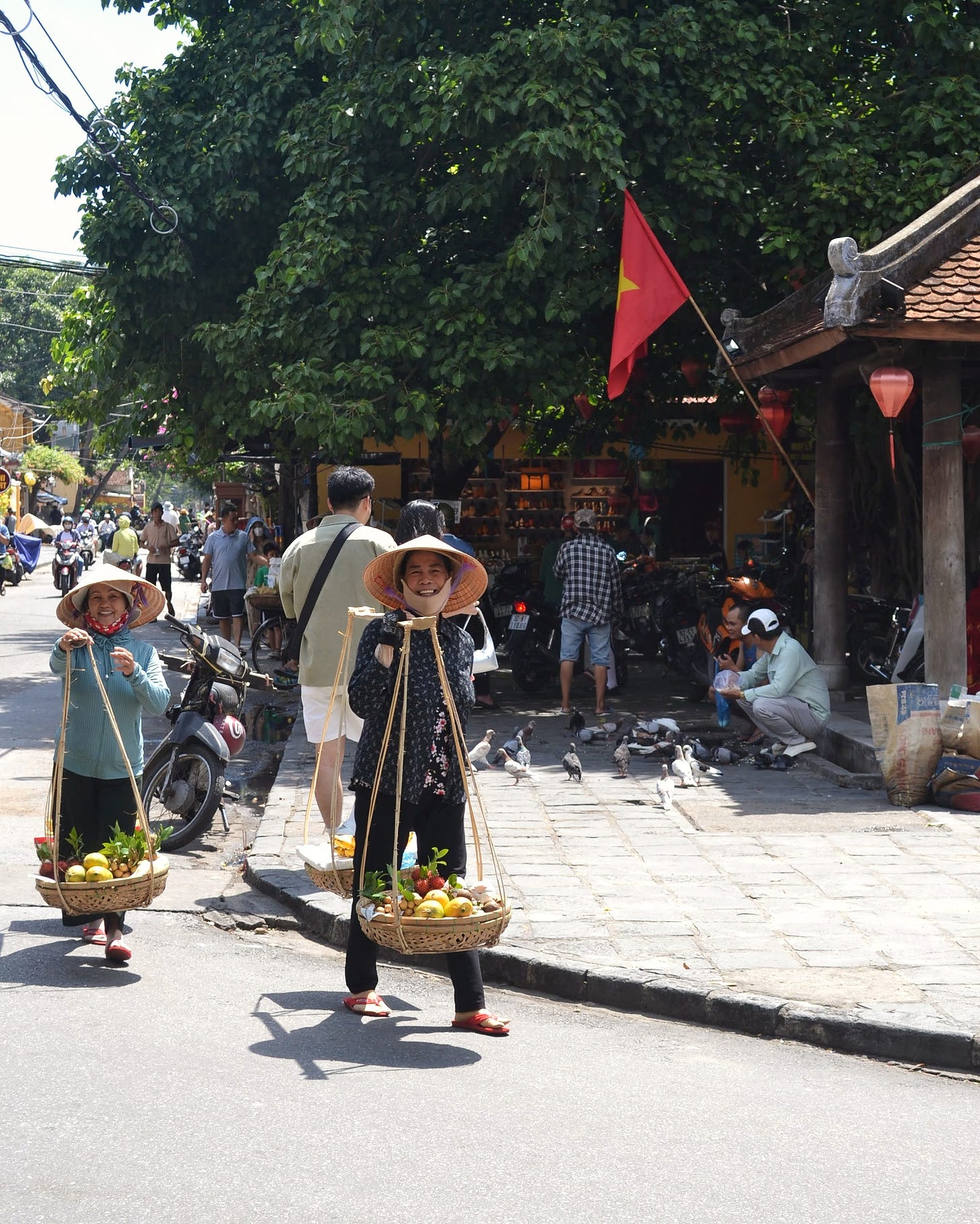
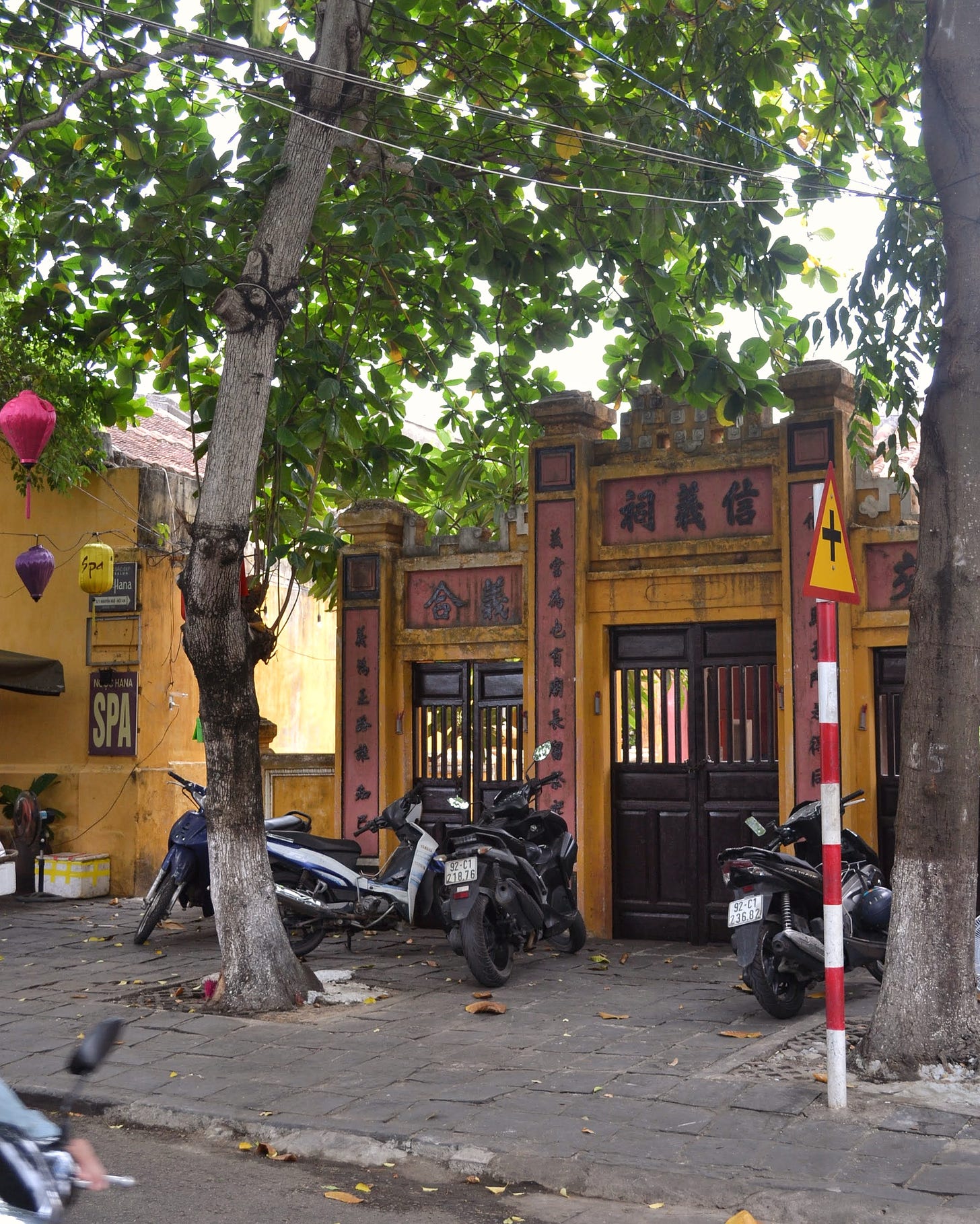
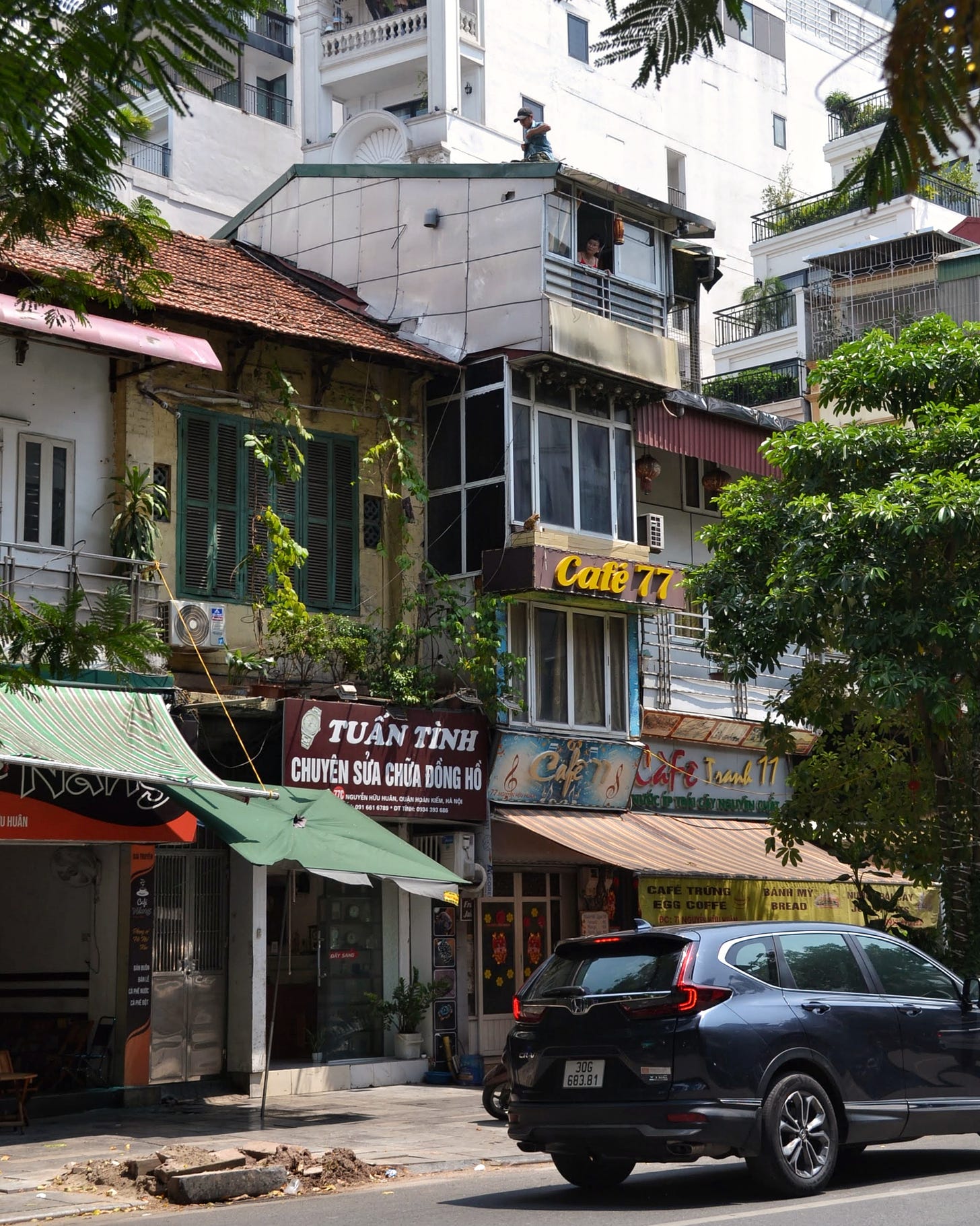



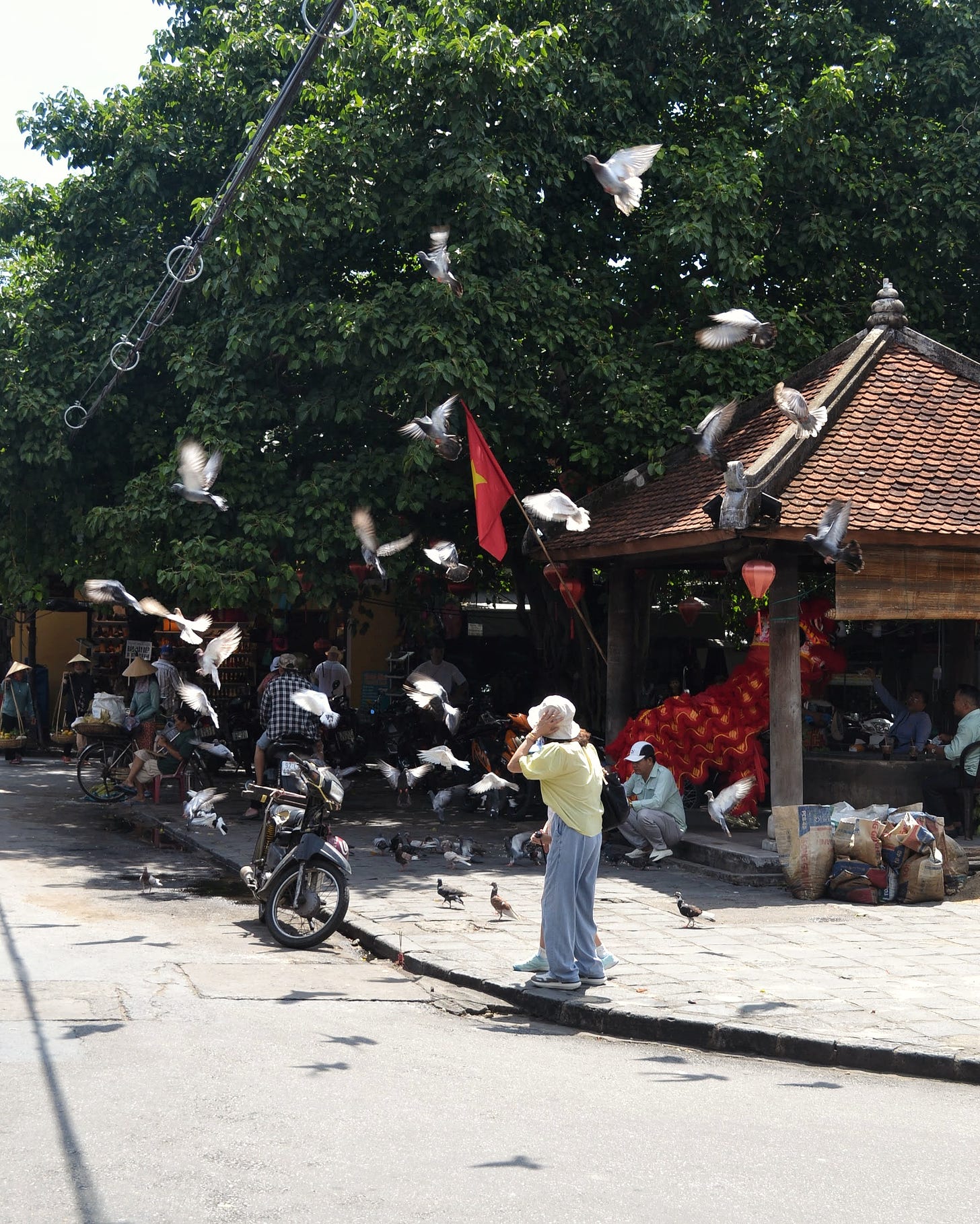
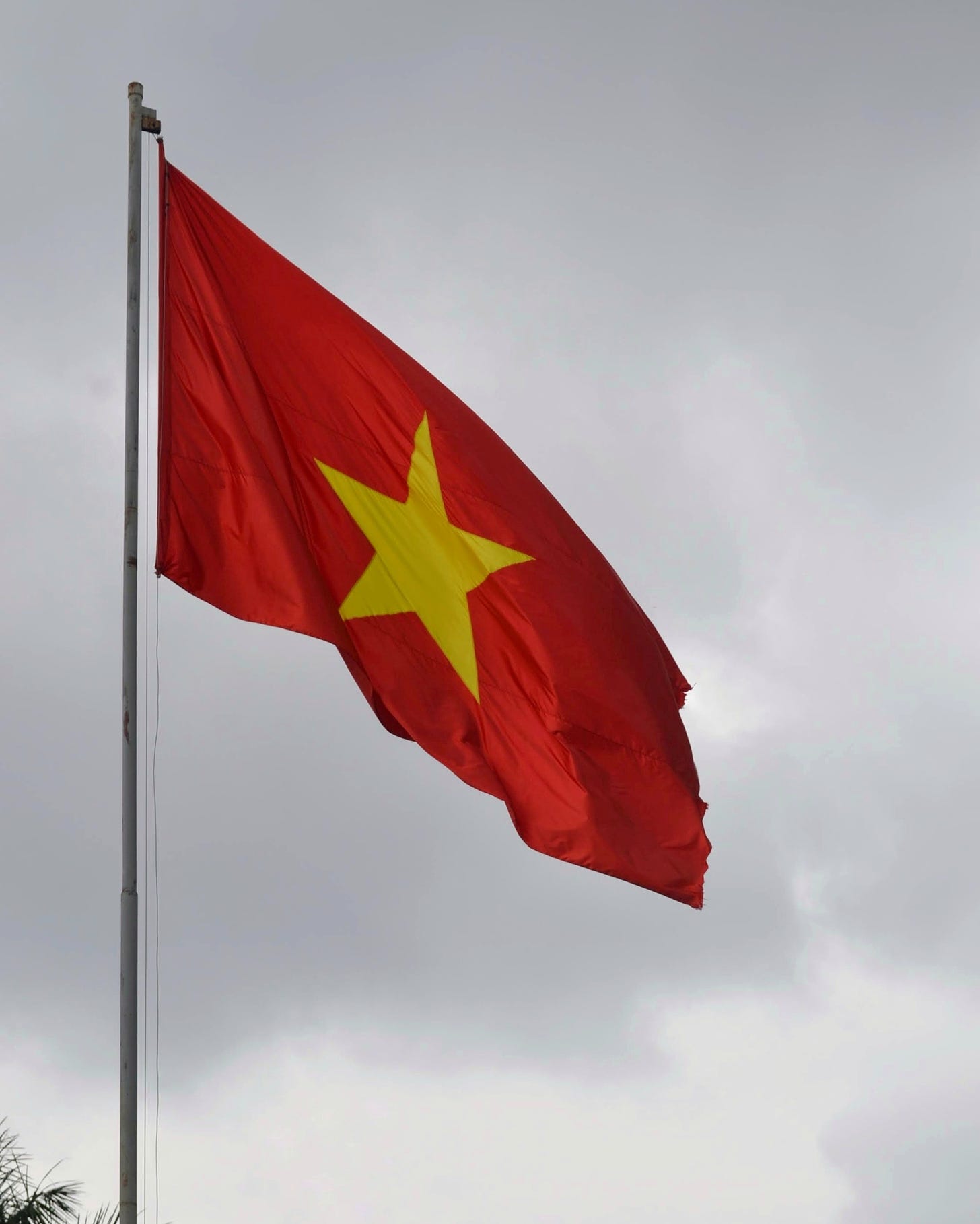





Your travel tips are the best!!